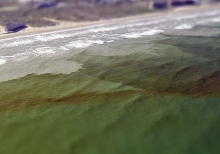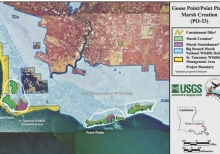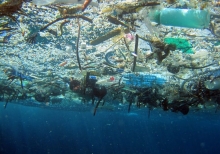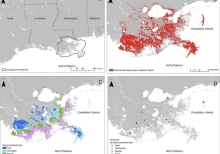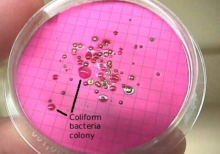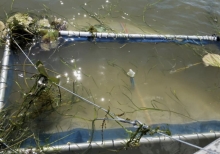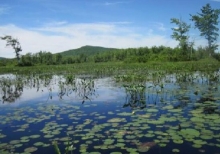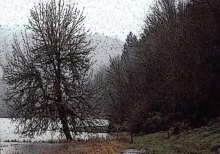Harmful Algal Bloom: Tiny Organism With A Toxic Punch
Harmful algal blooms (HABs) occur when algae - simple photosynthetic organisms that live in the sea and freshwater - grow out of control while producing toxic or harmful effects on people, fish, shellfish, marine mammals, and birds. There are many kinds of HABs, caused by a variety of algal groups with different toxins. The HABs in fresh and marine waters are usually very different, but they overlap in low salinity estuaries (places where rivers meet the sea). ... States have rigorous monitoring programs to ensure that commercially harvested fish and shellfish are safe to eat.
